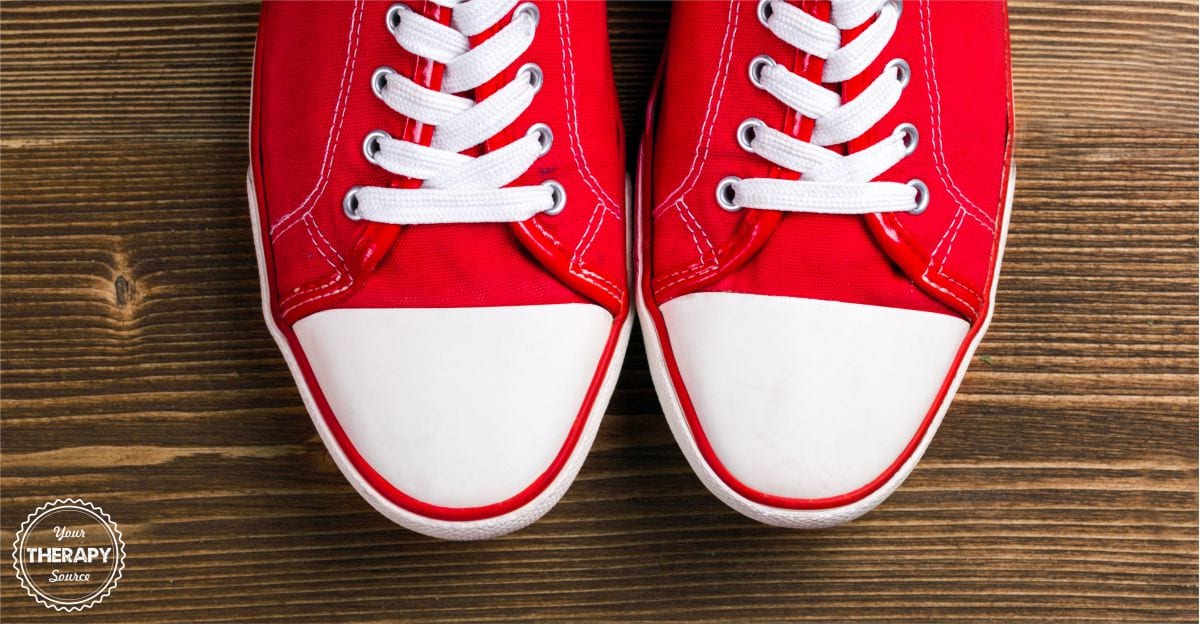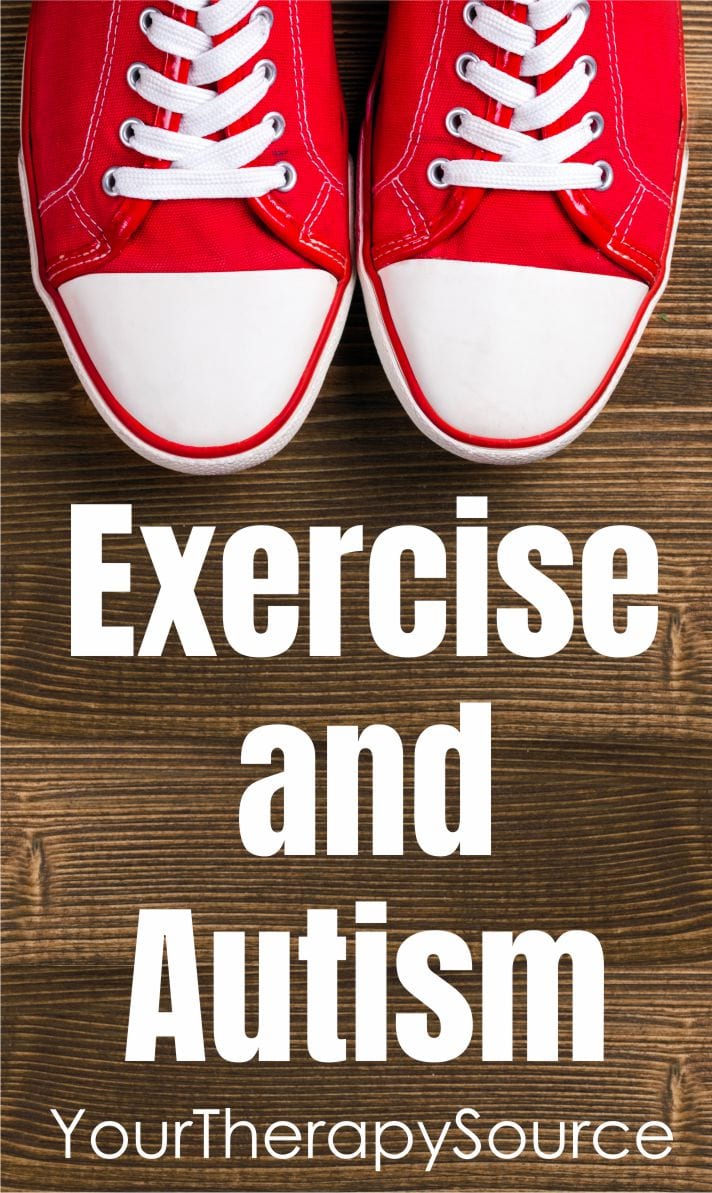Autism and Exercise

Perceptual and Motor Skills recently published research on autism and exercise. The researchers examined the effects of a 48-week exercise-based intervention for 64 children (ages 6-12) with autism spectrum disorder (ASD).
Previous research indicates that children with autism may have limited levels of physical activity and delayed motor skills and physical fitness, leading to a higher incidence of overweight and obesity, and associated health complications in children with ASD.
The Good News about Autism and Exercise
Previous research indicates that physical exercise (walking and running are the most common) can help children with ASD with:
- physical motor deficits.
- obesity and overweight problems.
- cognitive functioning.
- behavioral stereotypy.
- aggressive behaviors.
- socioemotional functioning.
Methodology of this Study on Autism and Exercise
The researchers gathered 46 children with ASD for the experimental group and 18 children with ASD in the control group. The experimental group participated in a 48-week physical activity program consisting of basic coordination and strength exercises that were 40 minutes per session, two times per week. Sessions were provided by a physical education teacher in small groups of no more than 3 children. Each session consisted of : (a) preparatory phase (5 minutes); (b) development phase (30 minutes)—in which children performed a brief warm-up and then performed strength, balance, and coordination exercises; and (c) return to calm phase (5 minutes).
Results of the Study on Physical Activity and Autism
Using anthropometry measurements, blood sample tests, and parent completion of the Child Health Questionnaire, the researchers analyzed the data and determined the following for the group of children who participated in the exercise sessions:
- beneficial effects on metabolic indicators (high-density lipoprotein cholesterol, low-density lipoprotein cholesterol, and total cholesterol)
- a decrease in autism traits
- increase in parent-perceived quality of life in physical health and psychosocial health.
The researchers concluded that exercise and physical activity, including basic coordination and strength exercises, are important therapeutic interventions for children with ASD.
Reference: Toscano, C. V., Carvalho, H. M., & Ferreira, J. P. (2018). Exercise effects for children with autism spectrum disorder: metabolic health, autistic traits, and quality of life. Perceptual and motor skills, 125(1), 126-146.
More Information on Exercise and Autism
Exercise, Behavior, and Autism
Exercise and Academic Engagement in Children with Autism
Evidence-Based Practice for Individuals with Autism – Includes Exercise!
Physical Activity and Adolescents with Autism
Physical Activity, Math, and Children with Autism





